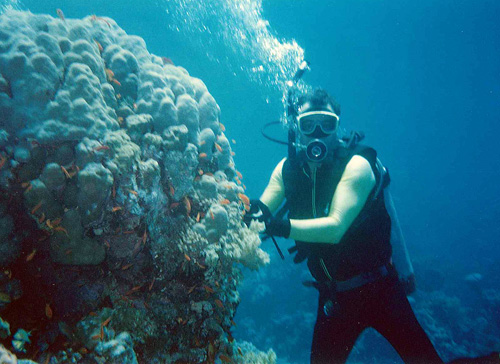 Fuat Jan was born in the city of Ta’if in the mountains southeast of Jeddah in Saudi Arabia. His parents were Turkish “guest workers”, as were many different nationals employed in the Kingdom. Even though he was born there, Fuat was not a citizen of Saudi Arabia. Fuat eventually immigrated to the U.S., and Americanized his name to John Can. He found work with an uncle who had an Italian restaurant, and learned the pizza business. In time John found his way to South Florida and opened his own restaurant near Boca Raton.
Fuat Jan was born in the city of Ta’if in the mountains southeast of Jeddah in Saudi Arabia. His parents were Turkish “guest workers”, as were many different nationals employed in the Kingdom. Even though he was born there, Fuat was not a citizen of Saudi Arabia. Fuat eventually immigrated to the U.S., and Americanized his name to John Can. He found work with an uncle who had an Italian restaurant, and learned the pizza business. In time John found his way to South Florida and opened his own restaurant near Boca Raton.
It was only a short distance from a new marine fish wholesale business that I was helping to build. We would go to John’s place for lunch frequently. John is very outgoing and liked to talk with his customers, and we told him about the fish business. As he learned from us about the aquarium fish industry he became quite enamored by the subject. He began to wonder about the fish of the Red Sea, how valuable they were, and how he might go back to Saudi someday to start a fish collection station there.
In the early 1990’s Red Sea fish had a reputation as rare and valuable species in the marine aquarium trade. There was a mystique attached to many of the fish endemic only to the Red Sea. Demand was high and they could fetch hundreds of dollars each, if you could get them. In 1992 I helped establish a collection station in Djibouti, Africa. While technically on the Gulf of Aden the reefs near Djibouti are primarily inhabited by Red Sea species. That station ran well for a couple of years despite high freight costs and other expenses. There was virtually no competition and the American, European and Japanese markets paid top dollar for them.
Starting in about 1994, Saudi Arabia began allowing permits to export saltwater tropical fish. With lower freight costs and better infrastructure, marine aquarium fish export companies began to open mainly around Jeddah. This got John to act and he decided to visit Saudi to see if he could start a fish export business.
John was standing in a pet store in Jeddah, staring at the very few salt water species on display. Standing next to him was a Saudi Arabian also interested in salt water aquarium fish. They began to talk, and it turned out that this man was Prince Monsour, a member of the royal family. Eventually the Prince negotiated a partnership with John, obtained the needed permits, and funded half the project. John was elated and returned to the states with grand expectations. He asked me if I would help him set up a collection station in Jeddah, to collect, hold and export Red Sea fish. We made a deal where I would help set up there and then sell the fish in the U.S.
In 1997 most Americans viewed Saudi Arabia as an oil-rich updated version of Lawrence of Arabia. Sand dunes, Camels and wealthy Sheiks dominated my impressions. Just a hint of the post- 9/11 fears and suspicions of radical Islam were present in western culture then. I knew little about the Muslim faith, but was determined to respect their beliefs while there. Once we obtained our letters of invitation and visas from Prince Mansour we made a preliminary trip to Jeddah to meet with the Prince’s managers, plan the business and check out collection sites. As we landed in Jeddah I saw a large modern city with beautiful architecture, crowded roads and all of the amenities you would find in the U.S. My impressions were out-dated; this country was not all sand and camels. We checked into a small hotel, I was jet lagged and wanted to rest.
No sooner had my head touched the pillow, Prince Mansour showed up and invited us to his palace in Ta’if, we we’re leaving immediately. There was a convoy of SUV’s waiting to take us across the desert, around Mecca and into the Sarawat Mountains where the palace was located. As we ascended into the hills we stopped at road side stands to stock up on fruits, shisha and rose water. Ta’if was a popular resort area to escape the heat of Mecca and Jeddah during the summer. The cool mountain breezes were a relief, and the area is known for its fruits and gardens. The Royal family, even the government, moves there to escape the heat.
The Prince’s Palace was modern, big and very well appointed. There was formal dining room that seated 50, reception rooms, huge bedrooms, baths with gold fixtures and in every direction a gorgeous view. But we sat on the floor in a carpeted room with pillows around the walls and were served warm ginger milk and hookahs with shisha. Prince Mansour had been educated in the U.S. and spoke perfect English. We talked about the Jersey shore and his time in America, which he enjoyed. There were other Saudis there (no women), some of which looked fresh out of the desert. We talked about fish and a hundred other topics late into the night. After 30 hours of travel I was really tired and finally crashed in one of the big bedrooms.
The next morning we travelled into the desert to hunt with Mansour and his party at his private reserve. It was a rocky desert habitat with some brush and trees. The Prince drove his SUV through the security gate as the guard kissed his hand. The area had rabbits, birds and some type of ground rodent. We were followed by a large truck with the Prince’s servants. Prince Mansour would hunt right from the front seat with a .22 rifle. He was a pretty good shot and bagged several rabbits and small varmints that his men would run and pick up. He also stopped by a small grove of trees and would shoot his shotgun into a flock of perching black birds. 10 or 15 of them would fall to the ground and they would be collected too.
As we drove around further, the truck behind us headed off in a different direction. They were going to set up camp for the night. When we arrived a large carpet had been spread out on the desert sand with pillows and Hookahs all in place. There was what appeared to be a large black cauldron over a fire into which all the critters from the days hunt were cooking with rice. We laid out on the carpet, smoking shisha in hookahs, drinking tea and dining on a hunter’s stew. As the sun set the stunning beauty of an Arabian night rose above us. Stars and the Milky Way never seemed so close.
After a few days of exploring the city of Ta’if and some interesting meals at the Palace, we headed back to Jeddah. The time had come to start building the fish holding system and make some dives in and around Jeddah. The Prince had rented a small warehouse adjacent to an outdoor souk or market which was sort of a Saudi equivalent of Wal-Mart. The place was popular with lower income foreign workers who dominated the Saudi workforce.
John and I knew that some construction had already started on the holding system. The biggest concern was getting the acrylic aquariums built. We had been told that the acrylic sheets were available and getting tanks built was no problem. As we entered the warehouse there were cinderblock rows set up and a saltwater storage tank had been set in the ground outside, but there were no tanks. Instead there was a large stack of clear acrylic sheets neatly stacked nearby. Acrylic was indeed available, but no one knew how to build the aquariums.
Gluing acrylic to form perfect watertight seams is not easy, it’s almost an art form. For sheets ¼ inch thick or less it’s not too difficult when using a liquid solvent injected by syringe into the seams of a taped together box. But more that ¼”thickness and the process gets tricky. The cut edges must be perfectly straight and flat or the seams will have gaps and leak. I had built some small acrylic holding tanks called cubicles before, but not large tanks. This was going to be the biggest problem we faced, the outcome was very uncertain.
The Prince’s project manager had hired a truly multinational crew to help with construction. Foremost was Hamid Gulay, an Eritrean who had experience in fish collection and had tried to set up a station in Eritrea before civil war forced him to Saudi Arabia. Hamid knew where in Jeddah to get all the equipment we would need, spoke perfect English and Arabic, and was a master diver and collector. But he too was at odds with getting these 4×8 ft. tanks built properly. He had looked everywhere to find a company that worked with acrylic, but mostly local shops built acrylic signs, no one had built an aquarium.
With few other options, we all knew we would have to build all the 24 200 gallon main aquariums ourselves. The first step was to make a 8’x8’ sturdy cutting table. Since we couldn’t find a table saw, a hand held circular saw was mounted upside down under the table with the blade projecting through the top. Gulay had an angle iron frame welded which would function as the saw fence and was adjustable with two wing nuts. Eventually we mounted a router underneath as well, used to smooth the cut edges. With this improvised table and lots of trial and error we began to produce our aquariums. The seams were messy, glue was everywhere, we added extra supports and glue on every seam. As we test filled each tank small leaks would be found and plugged. In the end they all held water, and if you didn’t look to close, once filled with water, it made a respectable holding system.
It took over two months to complete the tanks, cubicles, cinder block supports, and wood tables upon which the water heavy tanks would sit. The system of PVC pipe for drain and fill lines took more time. We used the in-ground storage tank as the reservoir into which the tank overflows drained. Two pumps returned the water through a filtration system that had 5 ammonia towers, 2 rapid sand filters and UV sterilizers. It was a bit improvised but ran like a dream. We had a solid system to hold our fish, now the fun part could start.
- Building the tanks
- Fish System
- Filtration
- Building the warehouse
We had already made a few dives at a local beach reserved for westerners. This beach was off limits to Muslims because foreign women could sunbathe in bikinis. It was walled off from the road, and had a security gate which collected the foreign passports and cameras. Even the possibility of taking pictures of half naked women would not be allowed. We walked along a shallow rock ledge covered with coral for about 50 yards before it dropped off into the sea. It was a tricky walk to avoid the coral and required good booties. Once off the ledge and over the drop-off the true beauty of where we were came alive before my eyes.
For the aquarist who knows and loves Red Sea fish this was a diving Mecca. Since I already knew many of the endemic species it made it all the more exciting to see them in the wild. Before me were the ubiquitous Purple Tangs, Asfur Angels, Lyretail Anthias, Semicirculatus Butterflies, Slingjaw Wrasse, Red Sea Regals and Bicinctus clownfish in Radianthus anemones. There were Acropora and Montipora corals everywhere, colorful and large. I came across a wall at least ten feet high that was solid Xenia of at least two species, intertwined and pulsating. As we dropped down a little deeper there were numerous small blue basslets I couldn’t at first identify. They were the Orchid Dottybacks, as they appeared in nature, not the magenta purple color aquarists are used to, but a deep royal blue. The behaved much like the Royal Grammas of the Caribbean, hanging off the wall looking for passing plankton, but darting back to a hole when approached. The best of all were the Tridacna maxima clams, with the most electric green and blue color and swerving patterns of black lines and spots that were unique in the world. Here they are numerous, occurring in large congregations of all sizes in fairly shallow water. Oh, I so wanted to start collecting right then and there, It was Red Sea heaven.
- Red Sea Clownfish
- Purple Tang
- Semilarvatus butterflies
- Red Sea Clownfish
- Emperor Angel
- Slingjaw Wrasse
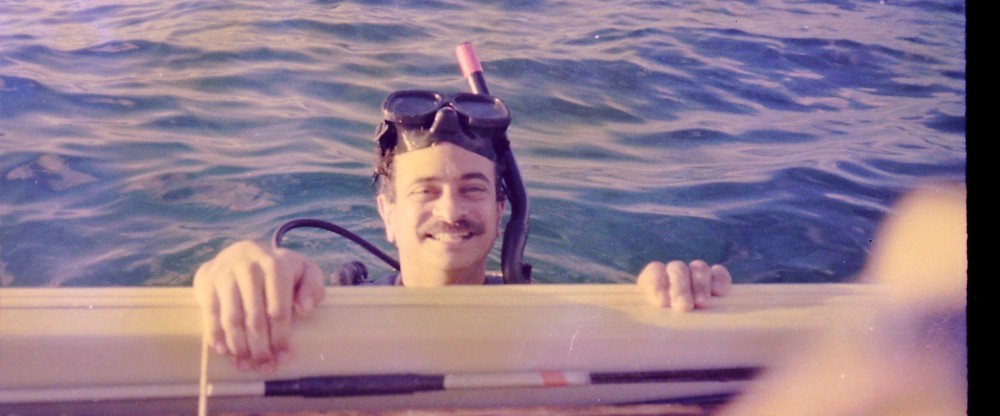
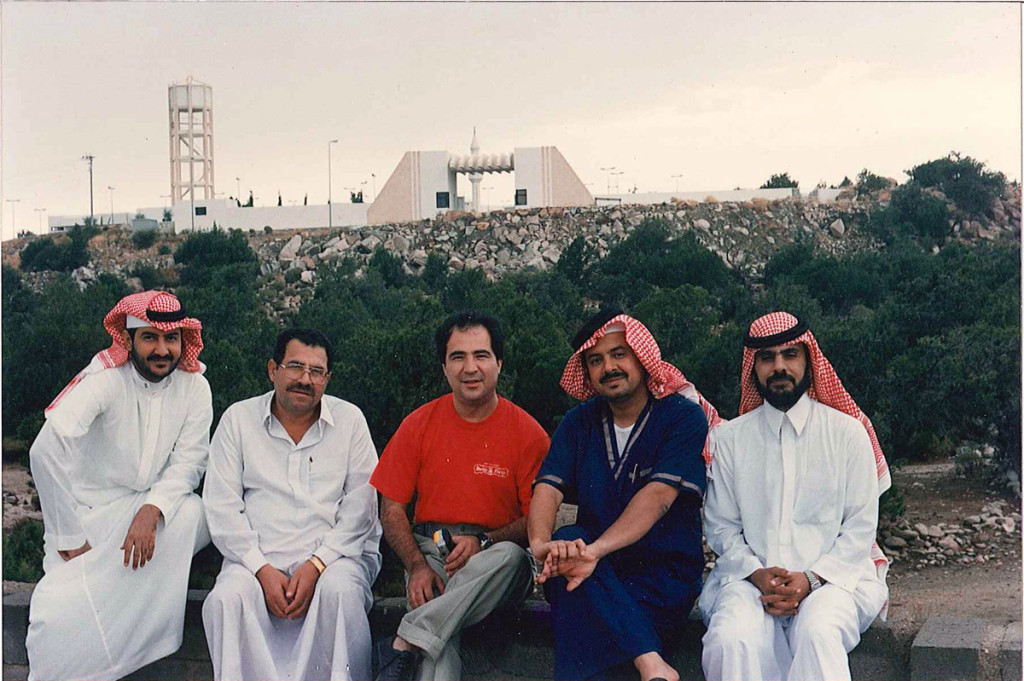
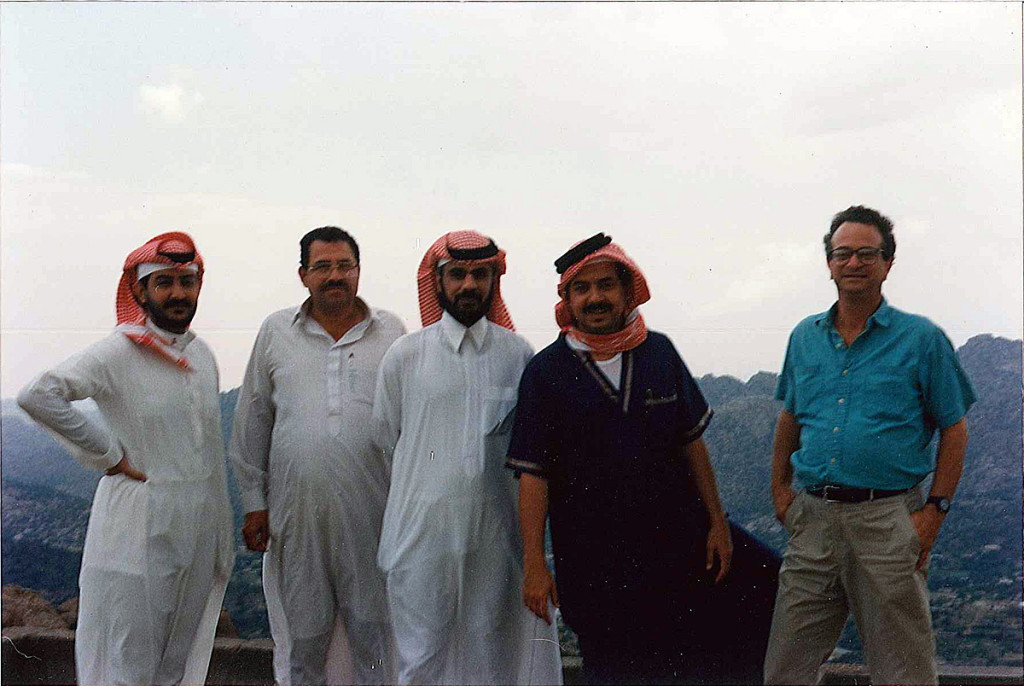
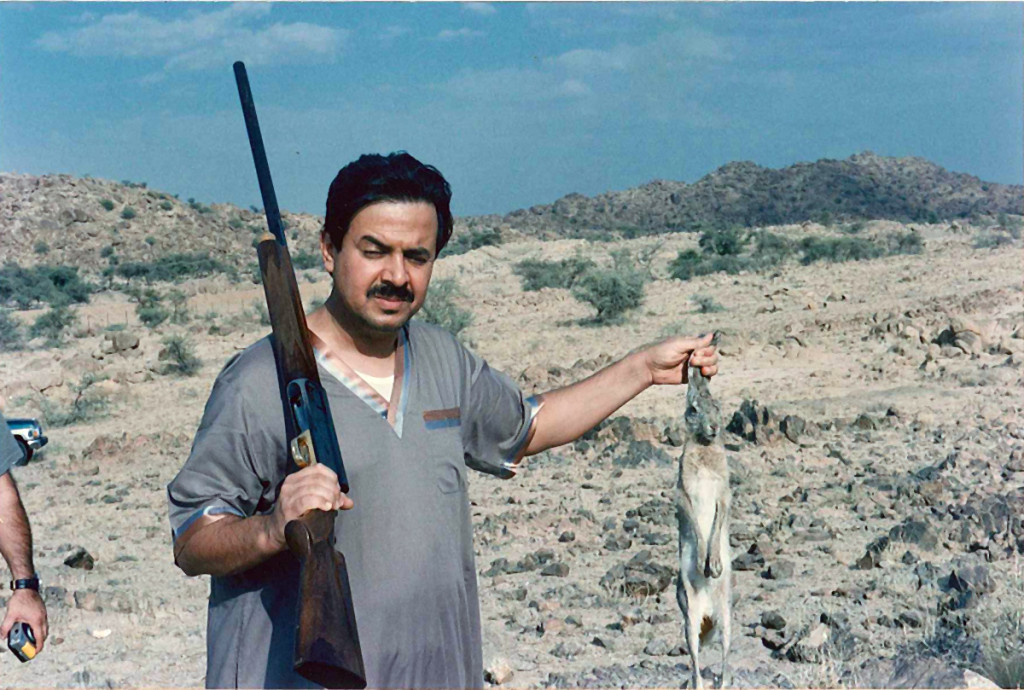
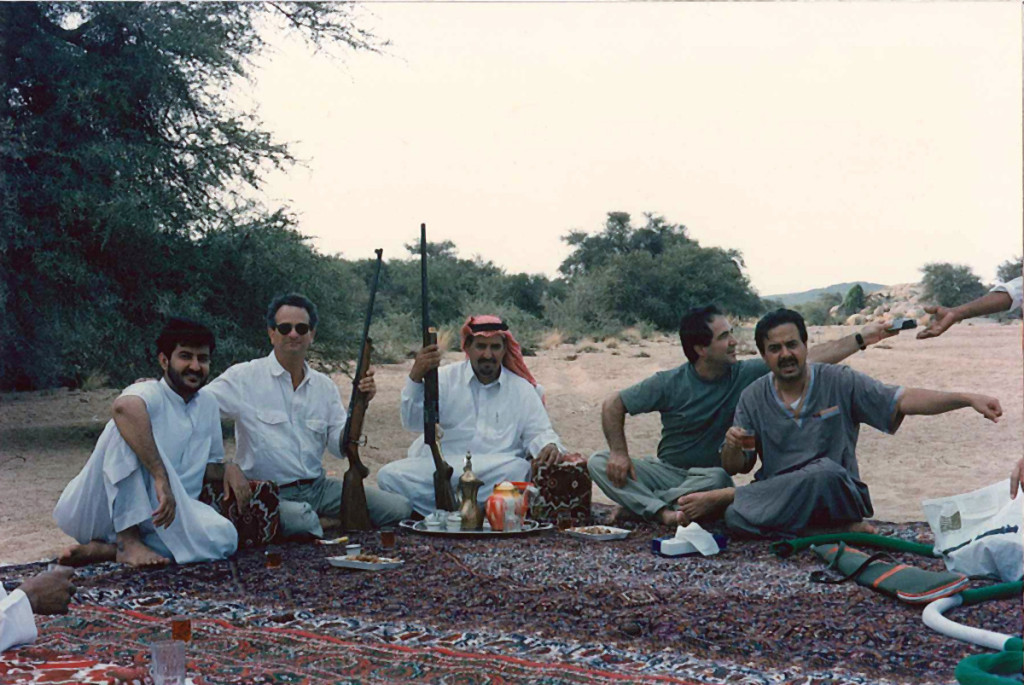
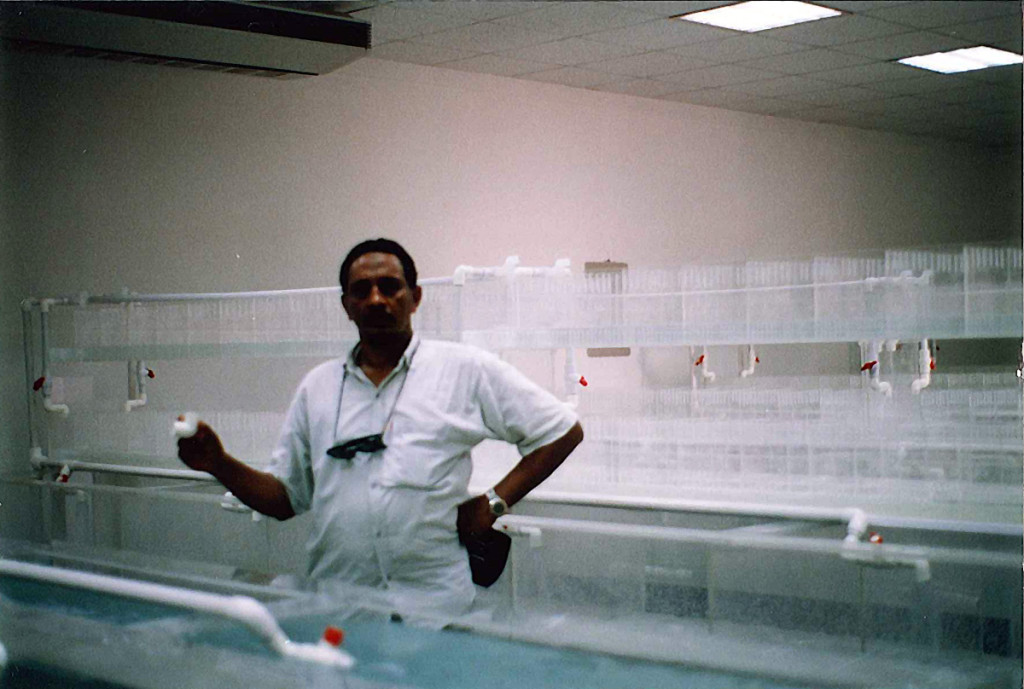
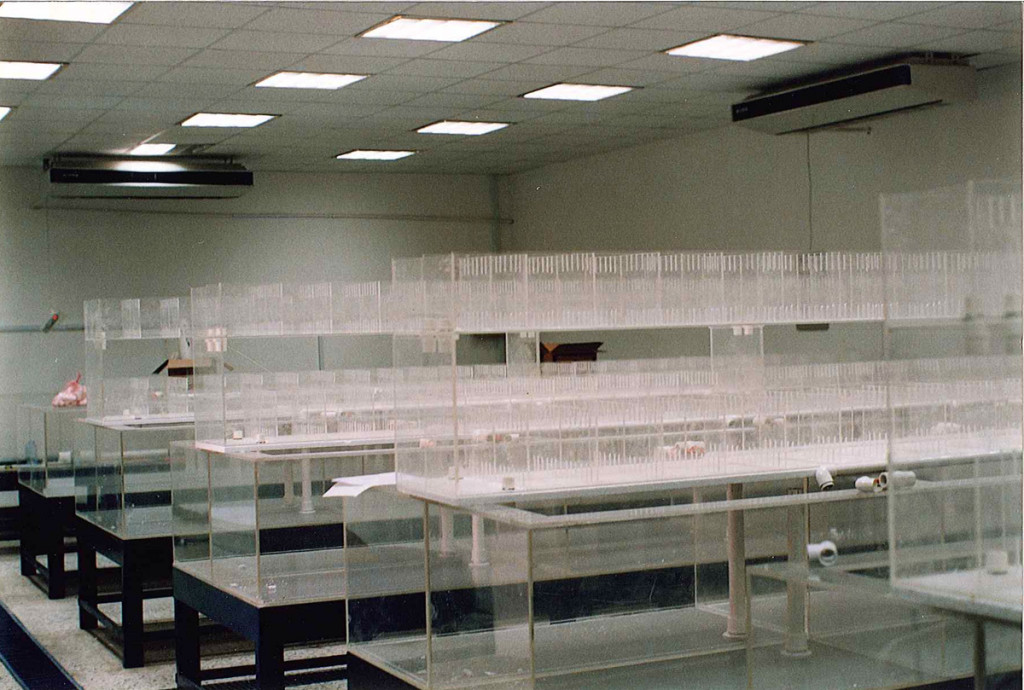




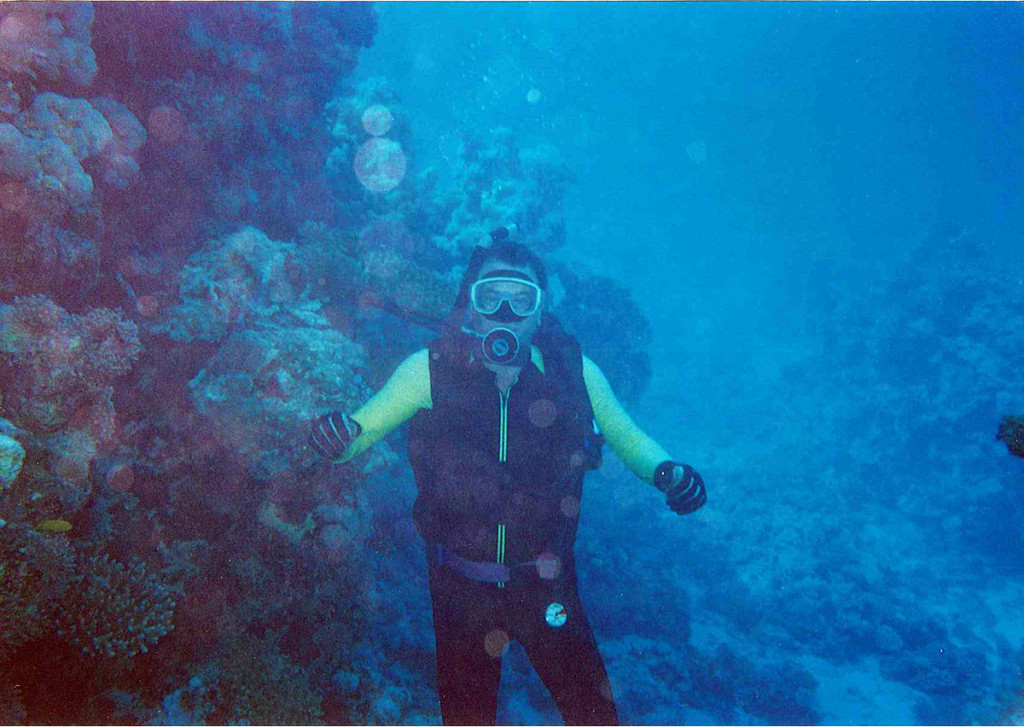





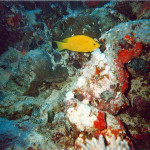
Those are the best pictures of reefs I have ever seen, and you know my dad!
Thanks Lilly, I forgot I had some good ones. The Red Sea was really beautiful, I had a good time. See you soon
Great story as usual! I know I’ve heard it more than once but it never gets old. John Can!!!!!
The ornamental fish, particularly the Red Sea Fish of the best varieties in the world where it has the lovers in the world has touched this when I was working in a similar site in Egypt and in the city of Mount Sinai in Egypt, Crown experience in this field 15 years, so I hope that he joinedyour side, due to intense love for this area and thank you
Mr. Vince I know one day you will write our journey one day.
We have good experiment and see think we never see before same time we had good business experience with studies , best part was I see where I born in Taif Saudi Arabia .
If I had to do again I will do it with MR .Vince Rado one gay I know with talent and expertise in this field
That’s way I pick him for this journey .
Fuat John…
Is a best story I’ve heard
You are a good writer, and I know you have so many more stories to tell. Waiting on the next. Glad we shared some ventures and adventures.